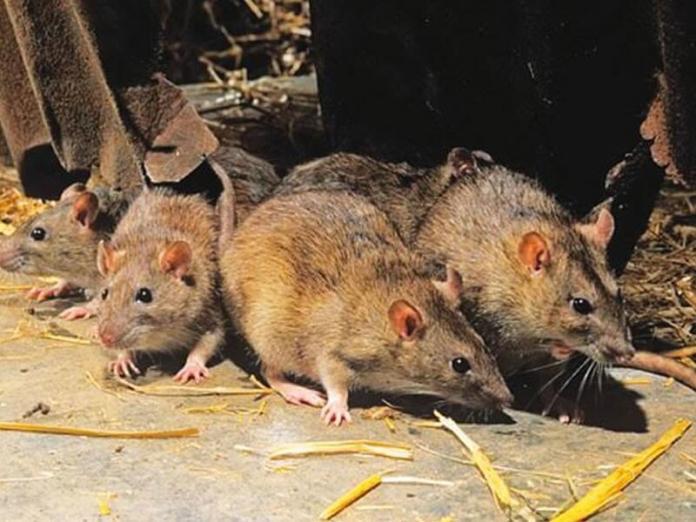Cases of Deadly Rat-Borne Fever Spike in Nigeria

Lassa fever, a disease spread by a rat specie found in parts of West Africa, has spread far and wide this year and is claiming lives at a higher rate than ever before. Till 4th March, 353 cases had already been reported across 18 states of Nigeria, with 700 more suspected cases and 110 deaths. The actual number is likely to be much higher as a lot of the cases go undiagnosed. While the disease is decades old, the high number of cases this year is raising an alarm and causing a lot of confusion over the reasons behind it.
The disease is caused by arenavirus, a pathogen transported by a multimammate rat. The rats themselves are not affected by this virus, but it causes a range of symptoms in humans who get infected by it. The virus is released in the urine and droppings of the rats carrying it. Humans can get infected when they come in contact with infected surfaces. Rats are also consumed by humans as they are a rich source of protein, opening another avenue of infection. The disease also spreads when a person comes in contact with the bodily fluids of other diseased humans.
Generally, only a few cases of the disease show up every year. This year’s numbers are making scientists wonder if there has been a change in the virus, or if a greater proportion of rats is being infected for some reason. Pierre Formenty from the World Health Organisation’s viral hemorrhagic team said that a part of the reason behind the higher number of cases could be explained by better surveillance and diagnostics, but it cannot be the only reason.
Some reports suggest that climate change could be one of the reasons behind this, as recent years have witnessed a pattern of an increasing number of cases. There were 430 cases reported in 2015, 900 in 2016, and more than 700 last year. A warmer weather could have resulted in increased rodent breeding, increasing the presence of the virus, and consequently the incidence of the disease.
Fatality rates for Lassa fever are low in the initial stages, but can go up to 15-20% in cases where patients are hospitalised. Later symptoms include organ failure, internal bleeding, and shock. If there is an epidemic, fatality rates can go as high as 50% in hospitalised patients.
Research into this disease has been scarce until now. No vaccination exists for it. There is no proper treatment available either for more advanced cases of the disease. The symptoms in the initial phases of Lassa fever are generic— body aches, fever, nausea, sore throat, etc. These can be mistaken for other diseases such as malaria or typhoid. Diagnosis is another problem as there is no rapid test which can determine the presence of arenavirus. It can take days for the disease to be diagnosed, and the only treatment which has worked, a drug called ribavirin, is effective only when administered in the first six days of the illness. But people rarely show up before day 7 according to Augustin Augier, secretary general of ALIMA in Paris, an NGO which has recently launched a Lassa fever research program.
But things may be changing for the better as research into the disease is now being given a higher priority. The World Health Organisation added Lassa fever to the list of priority pathogens in 2016. Last week, a biotech in Vienna called Themis Bioscience was awarded a grant for development of a Lassa fever vaccine.
The lack of infrastructure present in Nigeria at the moment also needs to be addressed. Currently there is only one Lassa fever ward in the entire country having just 24 beds. There are also not enough labs in the country for researching and diagnosing the disease. Chikwe Ihekweazu, the head of the Nigeria Centre for Disease Control, recognises the need for improving the infrastructure, but he says building new labs is not enough. “It is a long journey because it is not a problem that money can solve alone because you can buy equipment but you need to train people, build confidence, get the specimens into the laboratory and get the results out. It is about building a system, which is a work we are doing every day,” Ihekweazu said in an interview.
Get the latest reports & analysis with people's perspective on Protests, movements & deep analytical videos, discussions of the current affairs in your Telegram app. Subscribe to NewsClick's Telegram channel & get Real-Time updates on stories, as they get published on our website.























